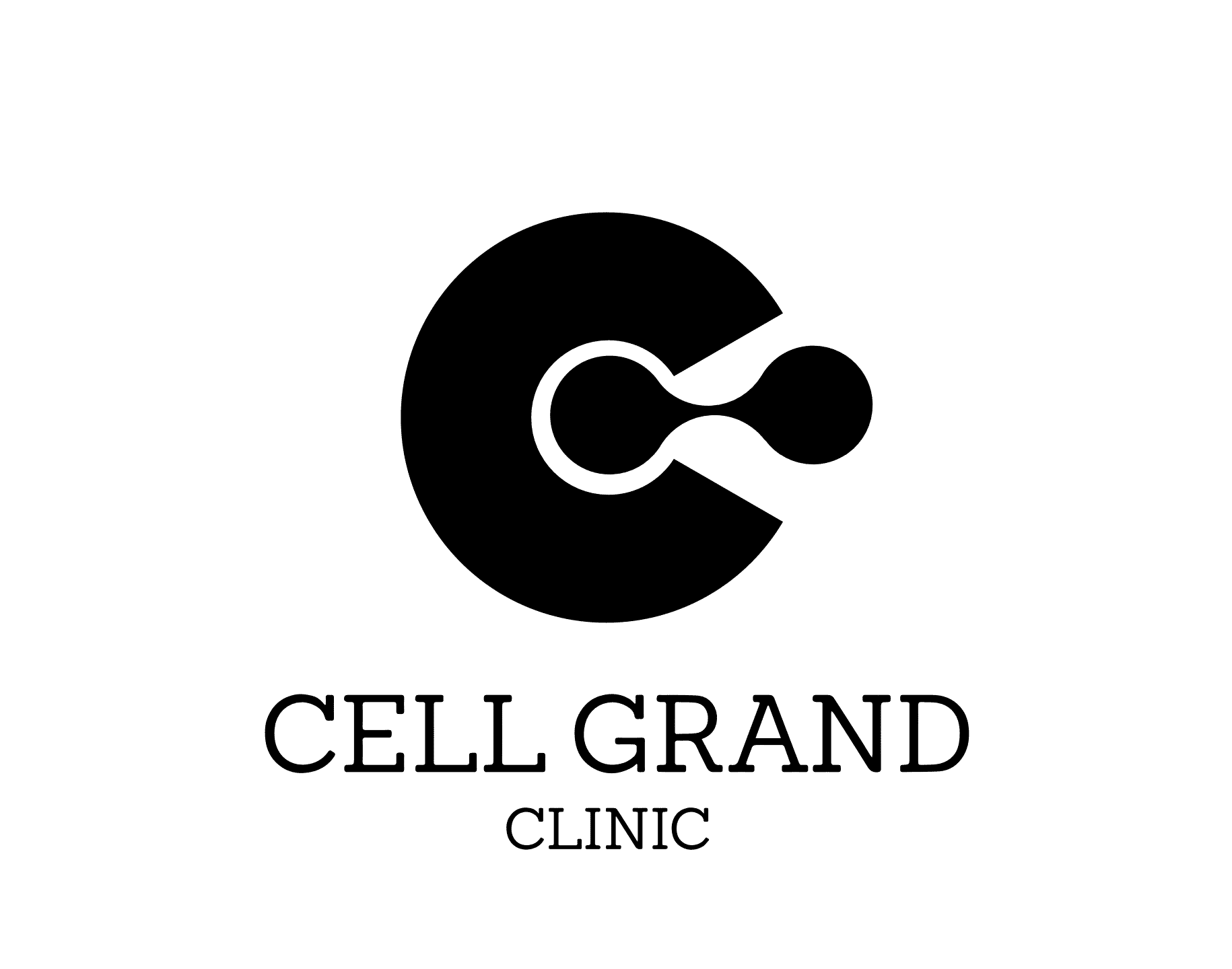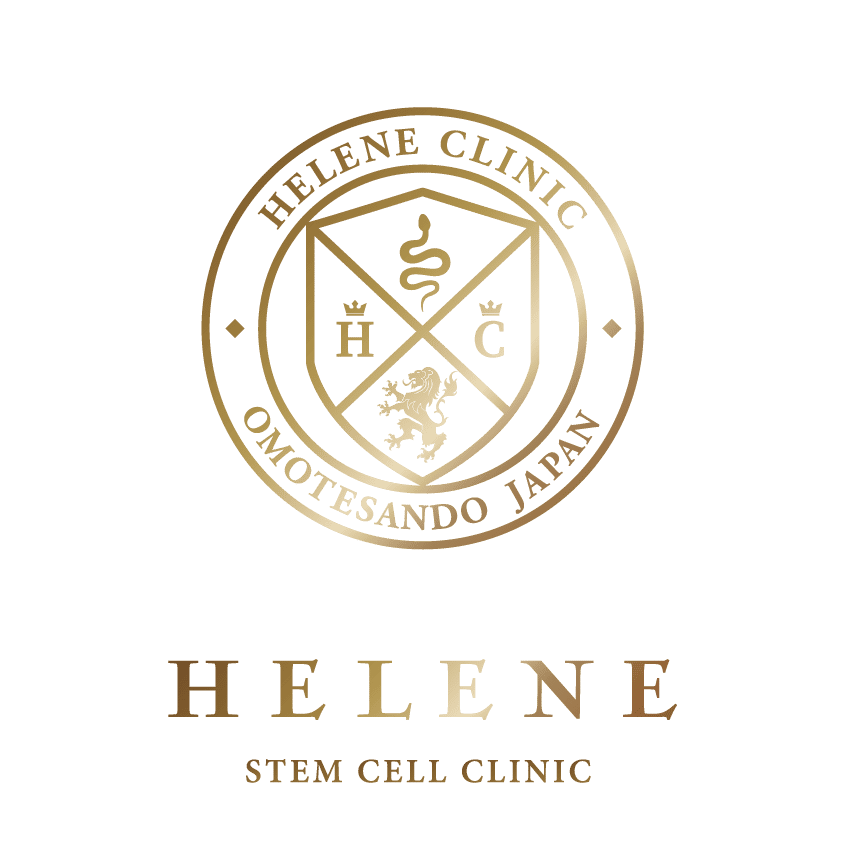
Japan has emerged as a global leader in regenerative medicine, offering advanced stem cell therapy for liver disease backed by stringent government regulations and cutting-edge technology. For international patients suffering from conditions like hepatic cirrhosis, fatty liver disease, and hepatitis, Japan offers a unique combination of safety, medical expertise, and high-quality care.
Key Takeaways
-
Cost Savings: Patients from the US and Europe can save 30%–50% by choosing stem cell therapy in Japan compared to domestic options, while accessing superior technology regulated by the Regenerative Medicine Promotion Act.
-
Package Inclusions: Standard packages typically include medical visa assistance, pre-treatment screening (MRI/CT, blood work), mesenchymal stem cell (MSC) culture and harvesting, intravenous or intra-arterial administration, hospital stay, translation services, and post-treatment monitoring.
-
Average Package Costs:
-
Liver Disease Stem Cell Package (Japan): $12,500 – $25,000
-
Liver Cirrhosis Treatment (Mexico): $7,000 – $15,000
-
Stem Cell Therapy (Thailand): $15,000 – $20,000
-
Comparable Treatment (USA): $25,000 – $60,000+
-
Wellness/Longevity Add-ons: $5,000 – $10,000
-
What is Stem Cell Therapy for Liver Disease in Japan?
Stem cell therapy in Japan for liver disease primarily utilizes autologous mesenchymal stem cells (MSCs) derived from the patient's own adipose (fat) tissue or bone marrow to promote tissue repair and reduce inflammation.
Stem cell therapy for liver disease involves harvesting stem cells from the patient's body, culturing them in a specialized lab to increase their numbers, and then re-administering them. Japan is unique because it operates under the Act on the Safety of Regenerative Medicine, ensuring that only certified clinics with approved Class II regenerative medicine plans can perform these procedures.
The therapy works through three main mechanisms:
-
Anti-inflammatory effect: Reducing liver inflammation caused by hepatitis or alcohol.
-
Anti-fibrotic effect: Breaking down scar tissue (fibrosis) in conditions like liver cirrhosis.
-
Regeneration: Stimulating the liver's own progenitor cells to repair damaged tissue.
Why Choose Japan for Liver Stem Cell Therapy?
Japan offers a "Gold Standard" safety framework due to the Regenerative Medicine Safety Act, which strictly regulates cell processing facilities (CPFs) and clinical protocols, ensuring the highest purity and viability of cells.
Unlike many countries where stem cell therapy exists in a regulatory gray area, Japan has legalized and regulated these treatments.
-
Safety: Clinics must be licensed by the Ministry of Health, Labour and Welfare (MHLW).
-
Technology: Japan is the home of iPS cell research (Nobel Prize winner Shinya Yamanaka), driving innovation in cell culture techniques.
-
Purity: Advanced Cell Processing Facilities (CPFs) in Tokyo and Osaka ensure that the stem cells administered are free from contamination and have high viability (90%+).
Did You Know? Japan was the first country to expedite approval for regenerative medical products, making it a hub for patients seeking therapies that are still in clinical trial phases elsewhere.
Cost of Stem Cell Therapy for Liver Disease in Japan
The cost of stem cell therapy for liver disease in Japan generally ranges from $12,500 to $25,000, which is significantly lower than the US but higher than Mexico due to the advanced cell culture technology used.
The price variation depends on the number of cells administered (e.g., 100 million vs. 200 million cells), the source of cells (adipose vs. bone marrow), and the number of sessions required.
Cost Comparison Table: Liver Stem Cell Therapy
|
Country |
Average Price (USD) |
What's Included |
Technology Level |
|---|---|---|---|
|
Japan |
$12,500 – $25,000 |
Cell culture, IV/Arterial infusion, Tests, Translation |
High (Govt. Regulated) |
|
Mexico |
$7,000 – $15,000 |
Procedure, Hotel, Transport |
Moderate |
|
Thailand |
$15,000 – $20,000 |
5-7 Day Stay, Rehab, Nursing |
High |
|
USA |
$25,000 – $60,000+ |
Procedure only (Investigational) |
Variable |
|
Germany |
$18,000 – $30,000 |
Procedure, Medical Care |
High |
Expert Insight: "While Mexico offers lower upfront costs, Japan's higher price point reflects the 3-4 week cell culturing process which maximizes the cell count and potency, potentially offering better long-term outcomes for chronic conditions like hepatic fibrosis."
Types of Liver Diseases Treated in Tokyo and Osaka
Clinics in Tokyo and Osaka focus on treating chronic progressive liver conditions, including alcoholic liver cirrhosis, NASH (Non-Alcoholic Steatohepatitis), and autoimmune hepatitis.
Japanese regenerative medicine protocols are designed to manage and potentially reverse damage in the following conditions:
-
Liver Cirrhosis: Using mesenchymal stem cells to degrade collagen deposits and reduce scarring.
-
Fatty Liver Disease (NAFLD/NASH): Improving metabolic function and reducing liver fat accumulation.
-
Chronic Hepatitis B & C: alleviating inflammation after viral load is controlled.
-
Primary Biliary Cholangitis: slowing disease progression through immunomodulation.
The Procedure Step-by-Step: What to Expect
The process typically involves a short initial visit for harvesting, a 3-4 week waiting period for cell culturing, and a return visit for the infusion, or a single long-stay trip.
-
Consultation & Screening: Review of medical history, blood tests (albumin, bilirubin, platelets), and imaging (CT/MRI) to determine candidacy.
-
Tissue Harvesting: Under local anesthesia, a small amount of fat (adipose tissue) is extracted, usually from the abdomen. This takes about 30 minutes.
-
Cell Culturing (The Japan Advantage): The tissue is sent to a certified CPF. Over 3-4 weeks, stem cells are isolated and expanded to reach therapeutic numbers (e.g., 100 million - 200 million cells).
-
Administration: The patient returns to the clinic. Cells are administered via intravenous (IV) drip or, in some specialized cases, via hepatic artery infusion for direct delivery to the liver.
-
Observation: The patient is monitored for a few hours for any allergic reactions (rare with autologous cells) and then discharged.
Candidacy and Success Rates
Candidates typically have stable vital signs and no active cancer; success is measured by improvements in liver function tests (ALT, AST, Albumin) and quality of life, not necessarily a complete cure.
Who is a good candidate?
-
Patients with compensated cirrhosis or early decompensated cirrhosis.
-
Patients with MELD scores that are elevated but not critical (typically under 20-25).
-
Those who are not eligible for a liver transplant or are on a long waiting list.
Success Metrics: Clinical studies in Japan have shown that stem cell therapy for liver cirrhosis can lead to:
-
Improved Albumin levels (indicating better liver synthesis function).
-
Reduction in ascites (fluid buildup).
-
Decreased fibrosis scores on FibroScan.
-
Stabilization of the disease for 12-24 months.
Risks and Safety Regulations
The procedure is minimally invasive with low risk, primarily involving minor side effects like fever or injection site pain, safeguarded by Japan's Class II Regenerative Medicine license requirements.
Is it safe? Yes, primarily because autologous cells (your own cells) are used, eliminating the risk of rejection. The main risks are related to the liposuction (bruising) or the infusion (temporary fever).
Regulatory Check: Before booking, ensure the clinic in Tokyo or Kyoto has a Class II Regenerative Medicine Provision Plan submitted to the MHLW. This certification guarantees that the clinic adheres to strict safety and ethical standards.
Frequently Asked Questions (FAQ)
Can stem cell therapy cure liver cirrhosis completely?
No, stem cell therapy is not a complete cure. It is a regenerative treatment designed to stop the progression of the disease, reduce existing scarring (fibrosis), and improve liver function, potentially delaying or preventing the need for a transplant.
How long does the stem cell treatment take in Japan?
The entire protocol usually spans 4 weeks. The first visit (1-2 days) is for tissue harvesting. The second visit (1 day), occurring 3-4 weeks later, is for the cell infusion. Some clinics may offer "banked" cells for immediate use, but autologous cultured cells are the standard.
Is stem cell therapy for liver disease covered by insurance?
Generally, no. In Japan, this is considered an "advanced medical treatment" or "elective procedure" for international patients and is not covered by foreign health insurance. However, Japan's national insurance covers some specific approved regenerative therapies for residents.
What is the difference between Adipose and Bone Marrow stem cells?
Adipose-derived MSCs are easier to harvest (less painful liposuction vs. bone drilling) and yield a much higher number of stem cells per gram of tissue. Japanese clinics predominantly use adipose tissue for these reasons.
How many stem cells are injected for liver disease?
Standard protocols in Japan typically administer between 100 million to 300 million MSCs. Studies suggest that higher cell counts (within a safety limit) correlate with better therapeutic outcomes.
Do I need a medical visa for stem cell treatment in Japan?
Yes, if your treatment requires a stay longer than 90 days or multiple visits, a Medical Visa for international patients is recommended. PlacidWay and accredited medical coordinators in Japan can assist with the sponsorship required for this visa.
Are there age limits for liver stem cell therapy?
While there is no strict legal age limit, patients are typically between 18 and 80. The patient's general health and ability to undergo mild sedation for liposuction are the primary deciding factors.
Get a Free Quote for Liver Stem Cell Therapy in Japan
Ready to explore regenerative medicine options in Japan? PlacidWay connects you with Japan's top-rated, government-licensed clinics for liver disease stem cell therapy.
Why Book with PlacidWay?
-
Compare Quotes: Get customized treatment plans from multiple certified clinics in Tokyo, Osaka, and Mexico.
-
Certified Quality: We only partner with facilities that meet strict safety standards.
-
Full Support: From medical visa assistance to accommodation and translation.
Take the first step toward liver regeneration today.


.png)




.jpg)

.png)
.png)





Share this listing